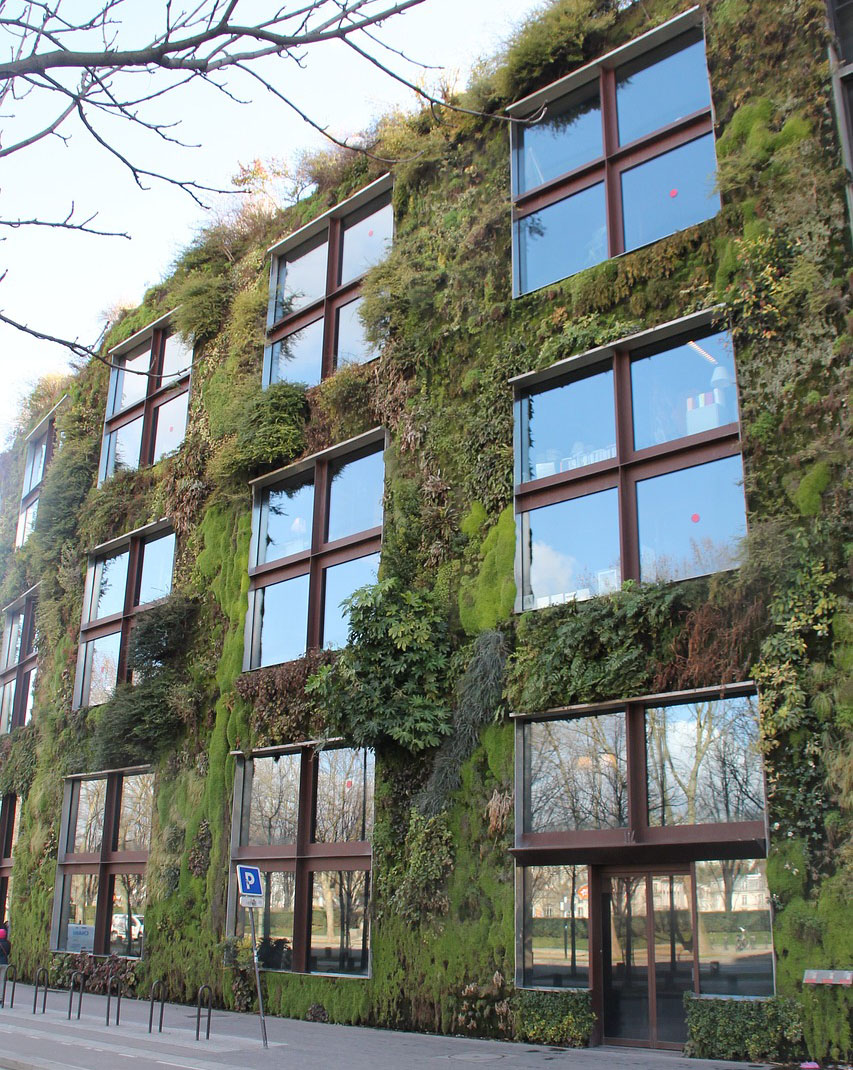Your Guide to Creating Sustainable Operations, Part Two: Getting Started
The energy needed to operate large facilities, whether water/wastewater treatment operations, manufacturing plants, or maintenance facilities, can be costly. With the price of traditional fuel increasing and the ultimate goal of eliminating use of fossil fuels, organizations are looking for ways to decrease costs while still being environmentally responsible. There are also many opportunities to improve operational efficiency through water management programs, use of energy-efficient appliances and machinery, energy consumption management, and responsible sourcing of construction materials in the case of structural renovations.
A handful of options can be deployed to help leaders live up to the promise of “greening” their facility. But understanding and making the most of those tools can be frustratingly complicated for organizations to figure out.
What is best for your facility? Should you install a solar panel array, geothermal-based heat pumps, a system to capture and use rainwater, a green roof system, or even a vertical plant wall system? All of those options require costly and substantial modifications to your buildings’ envelopes and existing infrastructure and will certainly require the assistance of licensed, trained engineers or architects.
Therefore, it is incumbent on any responsible organization to perform an energy efficiency study. Information gained will provide great data to support decision-making. However, before you begin any work to improve sustainability, you should know what you don’t know.
Energy Efficiency Studies/Audits
An Energy Efficiency Study or Audit helps pinpoint the best options for a facility by performing an in-depth analysis of the current energy usage and projected future use (depending on business plans for expansion, contraction, mergers and acquisitions (M&A), etc.) and provides organizations with a cost-benefit analysis for implementing one or more “green” systems.
For example, does the facility have a lot of unused property or a large, flat roof? In that case, perhaps a solar panel array is a good option. Is the facility located in an area with a temperate climate and plenty of sun exposure? In that case, a green roof system could be your choice. Whatever you decide, you likely have some obligation to taxpayers, shareholders, or employees to implement cost-effective solutions, protect public tax levies, and safeguard the environment as well as nearby communities.
Additionally, a properly performed energy efficiency study helps organizations establish the funding they will need to deliver a solution and, consequently, achieve energy efficiency objectives. It can also help responsible individuals articulate the case for investing in “greening” their operations to various stakeholders.
An energy audit segments the building into its components and assesses the energy efficiency of each component. The next step is to locate sources of energy loss and identify ways to limit or control it. A NYSERDA FlexTech Consultant can perform these audits and ensure compliance with new or existing legislation. Walden is a FlexTech Consultant and can help you seek NYSERDA program funding!
After an energy audit, the organization should consider which options will work best for their facility or property. Stay tuned for the next part of our green guide, in which we will examine solar panel arrays.
Contact Walden at 516-518-3705 to learn about our sustainability work. Read part one of our sustainability blog series here, and download our complete guide to creating sustainable operations here.

Image by Jan Nijman from Pixabay
Download Walden’s full guide to creating sustainable operations here and contact us at 516-518-3705 to learn more.

